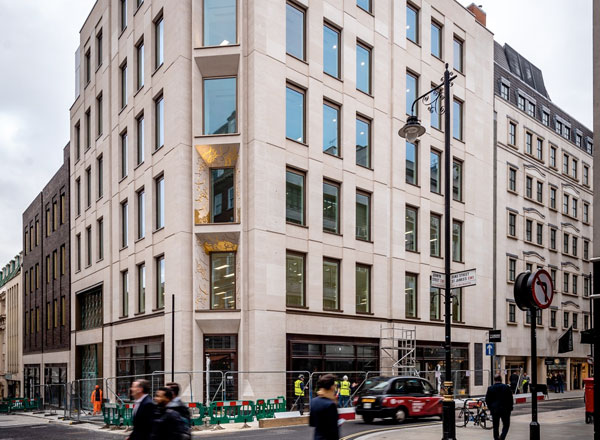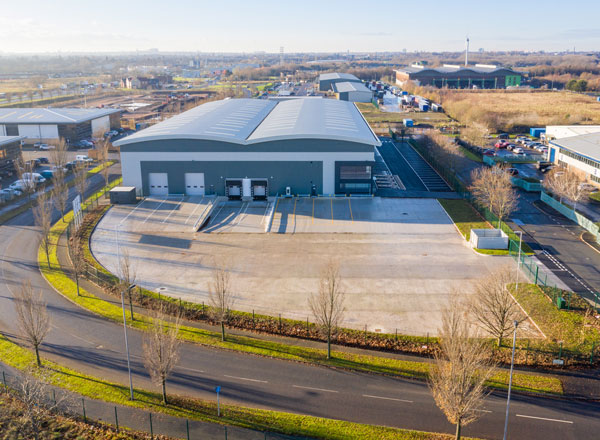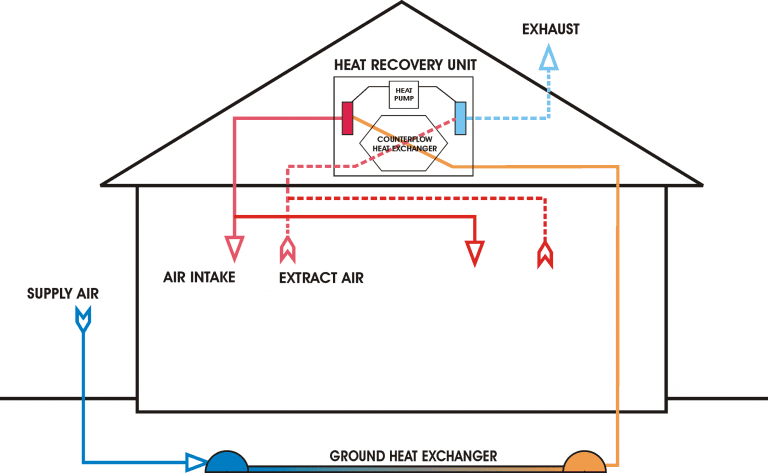Heat recovery systems, sometimes called Mechanical Ventilation and Heat Recovery (MVHR) systems, are an alternative to traditional central heating units that rely on a water boiler and radiators. They use a system of ventilation ducts to draw stale and moist air out of a home or office and replace it with fresh, dry air. While doing this they recover the heat from the stale air using a heat exchanger and uses the excess heat that would normally be lost to warm the fresh air drawn from the outside. These systems have become incredibly popular with home builders and renovators as they are an environmentally friendly and economically sound way to heat a space without relying on expensive and polluting fuels like natural gas. How Do Heat Recovery Systems Work? Heat recovery systems have a central ventilation unit that is usually located in the attic or roof space of a home or office, or in the plant room of a larger space such as a factory or hotel. The heat recovery system has separate ducts for expelling stale and moist air out of the building and drawing in fresh air from the outside. The heat from the air is recovered from the old air before it is expelled and transferred to the fresh, incoming air by using a heat exchanger built into the ventilation unit. The incoming and outgoing flows of air never mix, only the heat from one is transferred to the other, preventing particulates, dust and scents contaminating the fresh air from outside. This can be a very economical and environmentally conscious way to heat homes and offices. What are the Benefits of a Heat Recovery System? Heat recovery systems are great at saving money, and the planet, by using less energy and running off mains electricity rather than natural gas. They can retain up to 95% of the heat in a home, while also providing fresh, clean, filtered air. This can reduce the need for extractor fans in kitchens and bathrooms, as the air in your home is constantly circulated and refreshed by the heat recovery system. The fresh air is not only heated, but also filtered. This means it is free of many of the harmful particulates that can affect asthma sufferers and people with respiratory problems. Are They Complicated to Install? The installation and operation of heat recovery systems is actually very simple and quick to perform, and often less intrusive and disruptive than installing a traditional home heating system. Though a 21st century technology, there are many companies that have a lot of experience in designing and installing heat recovery systems for homes and offices. At BPCventilation.com there is a comprehensive consultancy service that can help any homebuilder, owner, or renovator tailor a heat recovery system to suit their space and can install it for them. More and more homes and businesses are having heat recovery systems installed to replace aging water boilers that are expensive to run and maintain. Heat recovery systems are a much more economical way to warm a space, and the money saved helps the systems pay for themselves very quickly.







